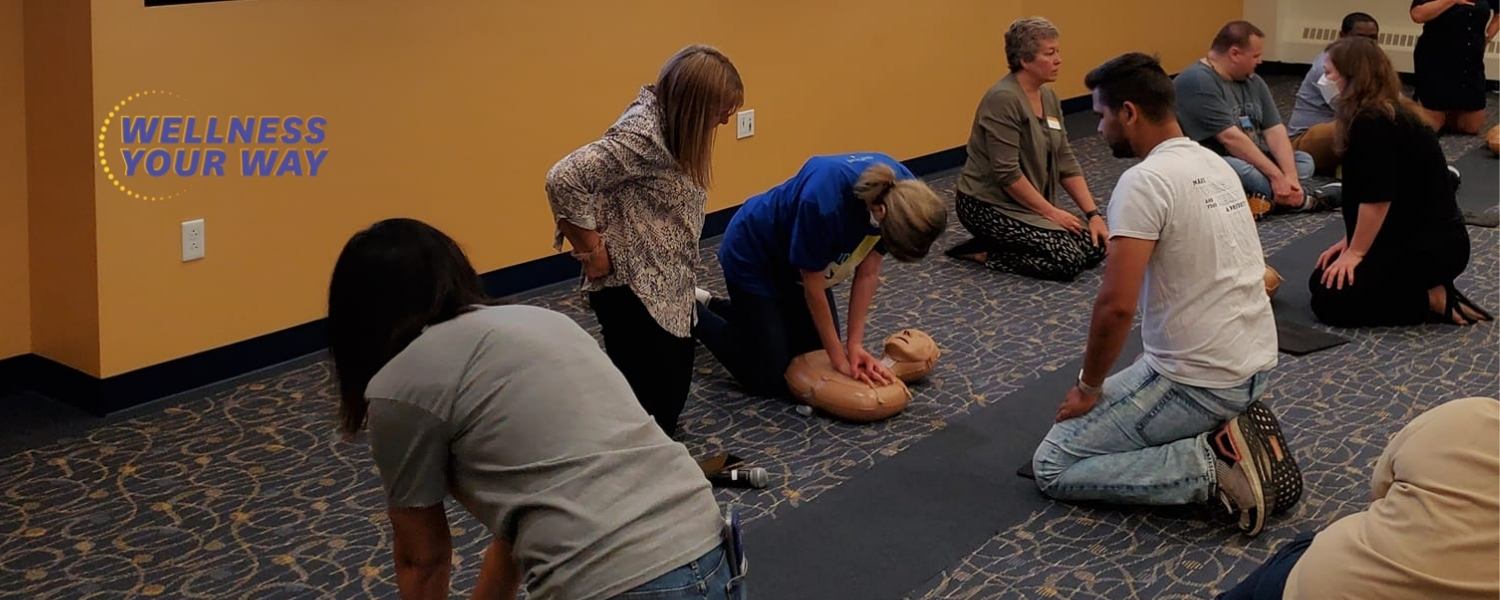Hands-Only CPR
Hands-Only CPR Training
A tool for changing the bystander response and survival rate for cardiac arrest victims
91²Ö¿â Employee Wellness and the American Heart Association hosted its first train-the-trainer session for Hands Only CPR. This team is now ready to facilitate training in your department, campus, etc.
The American Heart Association has released the . According to the report, cardiac arrest remains a public health crisis. There are more than 356,000 out-of-hospital cardiac arrests (OHCA) annually in the U.S., nearly 90% of them fatal.
91²Ö¿â Employee Wellness wants to help reverse that 90% fatality rate and we can by providing the tools to perform hands-only CPR, which refers to the ability to properly provide continuous chest compressions without rescue breaths. According to , hands-only CPR is âas effective in the first few minutes as conventional CPR for cardiac arrest at home, at work or in public.â The purpose of hands-only CPR is to get blood pumping through the victim's body until paramedics arrive on the scene and perform more advanced life support.
Why is hands-only CPR important?
- Some rescuers arenât willing or able to deliver rescue breaths, but they can still jump in and help by providing hands-only CPR, which will still greatly improve the victimâs chance of survival.
- You can double or triple a personâs chances of survival from sudden cardiac arrest by immediately performing CPR.
- Hands-only CPR requires less energy than conventional CPR, since you are not delivering rescue breaths. That means you can give the victim life-saving compressions for longer.
- Hands-Only CPR keeps blood flowing to a personâs brain after their heart stops beating. because minimizing interruptions to compressions is a key part of delivering high-quality CPR, and the circulation of oxygen to vital organs is more important than delivering more oxygen to the victim.
- Early CPR is a key link in for victims of OCHA.
Another benefit of hands-only CPR training is the fact that it is faster and easier to learn than traditional CPR and is a pandemic-safe way for bystanders to help save a life.

